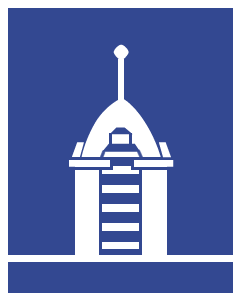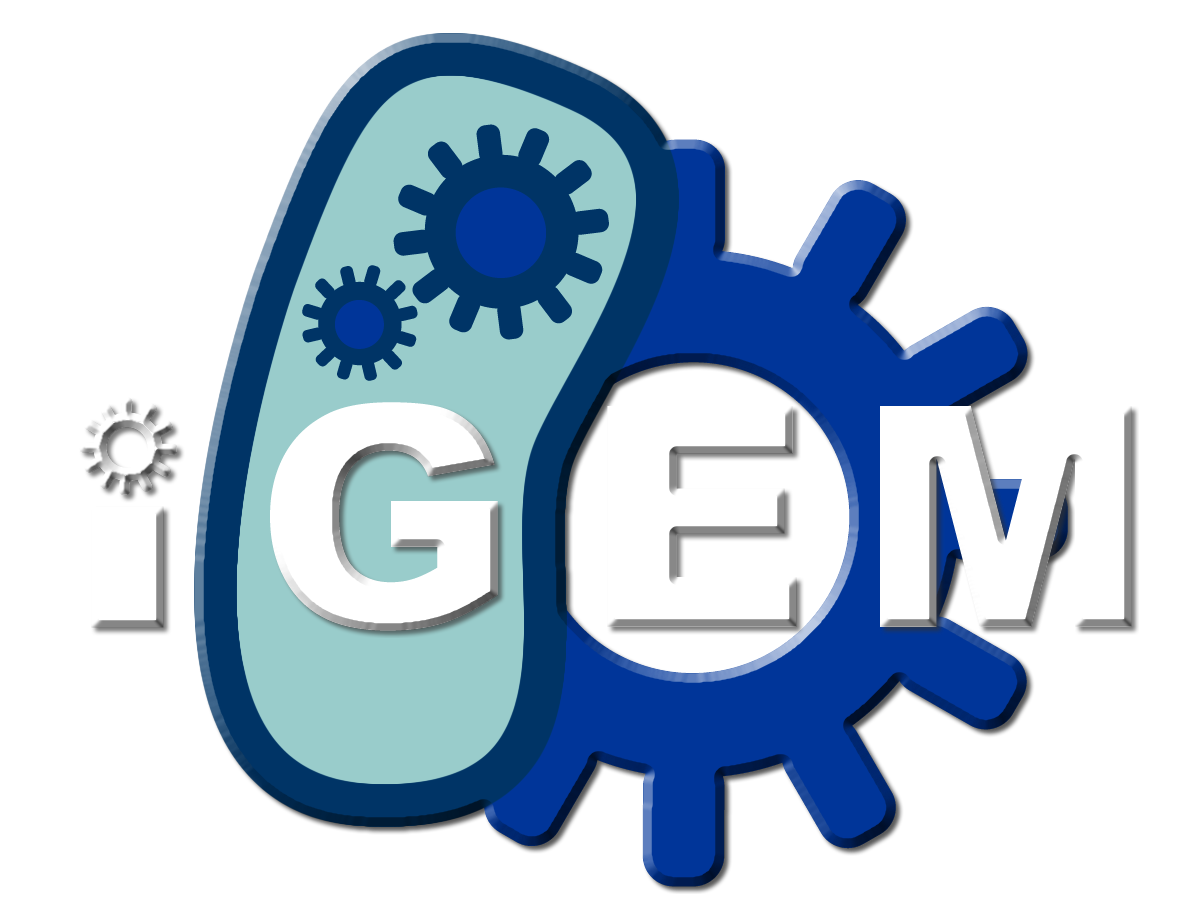Team:NC School of Sci Math/Lab Notebook
From 2013hs.igem.org
Home Team Project Details Lab Notebook Results Human Impact Biosafety Acknowledgments Official Team Profile
Planning and Development
01/07/2012
Brainstorming for possible project ideas:
Ideas:
- plastics deteriorating bacteria
- anti pus bacteria against acne
- bacterial radiation badge
- bacteria which provide lactose intolerant people with lactase
Members should find out more about the different projects:
- find pros and cons
- did a group already work on these ideas?
- implementation?
- possible BioBricks?
01/21/2012
Presentation of the information we found:
- vote and decision → our project for iGEM: bacterial radiation badge
Finding ideas to realize our project:
- implementing our project using the system of the SOS response
=> find promoters that are part of the SOS response
- how can we make the DNA damage visible that is caused by radiation?
=> looking for appropriate reporter genes
Work division:
- reporter group
- promoter group
02/04/2012
Presentation of results by both groups:
- classification of possible promoters and reporters
- we choose recA- (recB-, recC-, ...) and sulA-promoters and lacZ and GFP as reporters
Working out the construction of our plasmids:

Decision on BioBricks we want to order:
- BBa_K173004 (Beta- galactosidase protein generator)
- BBa_K173004 (not present in any distribution)
- BBa_J22106 (2011 spring distribution, kit plate 1, well 9N, backbone: pSB1A2, resistance: Amp)
- BBa_E0240 (2011 spring distribution, kit plate 1, well 12M, backbone: pSB1A2, resistance: Amp)
- pSB1A2 (2011 spring distribution, kit plate 1, well 11P, resistance: Amp)
- pSB1K3 (2011 spring distribution, kit plate 1, well 5A, resistance: Kan)
- pSB1C3 (2011 spring distribution, kit plate 1, well 3A, resistance: Cm)
02/06/2012
We got the recA promoter and LacZ reporter as parts from the iGEM Sourjik lab today, that has the iGEM registry in their freezer.
02/19/2012
To do:
- laboratory planning
- looking for appropriate protocols
- looking for a lab → DKFZ, Heidelberg: Prof. Dr. Stephan Herzig
Problem: SulA is not available at the parts registry → we have to order the sequence of SulA, which was found in the parts registry, as oligos and anneal them to double-stranded DNA.
"Life as a toolkit"
Ethically considerations about synthetic biology with Dr. Kartin Platzer and Dr. Markus Thiemel
06/02/2012
Planning of the Wiki:
- structure
- design
- header
- sub points of the menue
- idea of our "Online Store"
Working on our jewelry :
- idea with small tubes, which are filled with our bacterial suspension
- design of bracelets and necklaces for men and women
- tinkering of jewelry
- taking photographs of the collection
06/09/2012
Working in groups:
- working on the Wiki
- Online Store
- Check Out
- Notebook
- design
- content
- Project
- Introduction
- Results
- Online Store
Biosensor Construction
02/23/2012
- Transformation of GFP (BBa_ E0240) and RecA (BBa_J22106) from registry 2010 spring distribution into E.coli Top10 cells
Protocol:
10 ul water is added to the corresponding well, DNA is solved by incubation for 15 min at room temperature. 5 ul of DNA solution are added to 50 µl of chemocompetent Top10 cells and incubated on ice for 20 min. Afterwards, a heat shock is performed by incubation the bacteria on 42°C/50 s. After another 2 min on ice, the bacteria are plated onto LB-Amp agar plates.
02/24/2012
- Inoculation of overnight cultures by picking one single colony from the transformed plates and adding it to 5 ml LB-Amp in a 50 ml falcon tube. The culture is incubated at 37 °C at 180 rpm.
- Inoculation of LacZ (BBa_K173004) that we got from the registry through the Sourjik Lab on campus as agar stab into 5 ml LB Amp overnight culture
02/25/2012
- Miniprep of parts BBa_K173004,BBa_ E0240 and BBa_J22106 by using a Qiagen Miniprep Kit
Protocol:
4 ml bacterial culture is pelleted by centrifugation at 10.000 rpm for 1 min. Afterwards, the pellet is resuspended in 250 µl buffer P1. 250 µl buffer P2 are added and the culture is gently inverted and incubated for 5 min. 350 µl buffer N3 are added and the suspension is centrifuged at 13.000 rpm for 10 min. The supernatant is subsequently loaded onto a miniprep column and centrifuged for 1 min/max speed. Afterwards the column is washed with buffer PB (500 µl) and buffer PE (750 µl) by loading onto the column and subsequent centrifugation for 1 min/max speed. After a last centrifugation step for drying the column (again 1 min/max speed), 50 µl of water are added in order to dissolve the DNA again. After 1 min incubation, DNA is eluted by centrifugation for 1 min/max speed.
- Measurement of DNA concentration at the Nanodrop microphotometer device
1 µl of water is used as blank. Subsequently, the miniprep cultures ( 1µl each) were loaded onto the Nanodrop device in order to determine the concentration and purity of the DNA in the samples. Concentrations ranged from 70 ng/µl to 300 ng/µl
| Part | DNA concentration |
| GFP | 148,52 ng/µl |
| LacZ | 361,65 ng/µl |
| RecA | 98,61 ng/µl |
- Digestion of Minipreps for further cloning
We used the NEB restriction enzymes and buffers for setting up the digestions. Those were done as follows:
- 1 µg of DNA
- 3 µl of NEB buffer 2
- 3 µl of BSA
- 1 µl of each restriction enzyme used
- Water was added to reach a final volume of 30 µl
GFP (BBa_ E0240) and LacZ (BBa_K173004) were digested with EcoRI and XbaI. RecA (BBa_J22106) was digested with EcoRI and SpeI. After setting up the digestions, the reaction mixtures were mixed briefly, spinned down in a centrifuge (quick run up to 5.000 rpm) and then incubated on a thermomixer heating device for 1 h at 37 °C and stored at -20 °C afterwards.
- Annealing of SulA oligos:
psulA_fw:
aattcgcggccgcttctagaggggttgatctttgttgtcactggatgtactgtacatccaactcacc
psulA_rev:
ctagggtgagttactgtatggatgtacagtacatccagtgacaacaaagatcaacccctctagaagcggccgcg
The Oligos for the synthesis of the sulA-promoter were designed according to the sequence available in the partsregistry (BBa_K518010). By annealing of the oligos and ligation into a EcoRI/XbaI precut biobrick construct, they reconstitute the biobrick standard prefix completely and introduce the SulA promoter sequence.
Protocol:
5 µl of each oligo (diluted to a concentration of 100 mM) and 5 µl of NEB buffer 2 were added to 35 µl of water. After mixing, the reaction mix was heated up to 95 °C/5 min and then cooled down slowly to room temperature and then stored at -20 °C.
03/10/2012
- Information: Standard cloning - our Strategy
- GFP and LacZ were digested with EcoRI (E) and Xbal (X)
- precA was digested with EcoRI and SpeI (S)
- psulA was annealed, so it has the overhangs for EcoRI (as well as the whole BBa prefix) and a XbaI compatible overhang

- Gelelectrophoresis of the digested biobrick parts in order to extract the GFP and LacZ backbone as well as precA
Protocol:
In the meantime, the restriction digests were mixed with 6 µl of 6 x Loading Dye (fermentas). The whole restriction digest was loaded onto a 1 % agarose gel. Therefore, the agarose gel was prepared by adding 2 g of agarose to 200 ml of 1x TBE buffer and heated up in a microwave for 2 min/600 W. Thereby, the agarose was melted. Afterwards, the gel was stirred on a magnetic stirring device until the solution reached ~ 60°C and then the gel was poured. 10 µl of ethidium bromide were subsequently added by our supervisor Katharina Genreith (as EtBr is very toxic, we preferred our supervisor to do the handling of that when running a gel for the first time).
The samples were then loaded on the gel together with 1kb plus loading ladder (fermentas) and run for 1 h @ 100V. The expected bands can be seen on fig. 1.

Fig. 1: Schema of the gel we expect based on the length(picture constructed using the WinSerial Cloner software)

Fig. 2: Picture taken of the gel. All expected bands are visible
- Gel extraction of the indicated band (backbones for LacZ and GFP as well as precA insert) was done using a Qiagen gel extraction kit.
Protocol:
The bands were cut of the gel under UV light (caution: wear goggles in order to protect your eyes!) using a scalpel and the extracted band was put into a 2 ml eppi cup.

Fig. 3: Picture taken of the cut gel. This picture was taken after the required bands were excised for gel extraction
Afterwards, 600 µl of buffer QG were added to each gel band and the mixture was incubated on a thermomixer device at 50 °C and 700 rpm shaking for 20 min. Afterwards, 200 µl of Isopropanol were added to the mix containing precA (as precA is pretty short compared to the others, isopropanol is required). Afterwards, the whole reaction mix was loaded onto a gel extraction column and centrifuged for 1 min/max speed; flow-through was discarded. The column was subsequently washed with 500 µl of buffer QG and then 750 µl buffer PE, always centrifuging the column at max speed for 1 min at each washing step and discarding the flow-through. Finally, DNA was eluted in 20 µl of water.
- Concentration measurement of the pre-cut parts using Nanodrop
| Part | DNA concentration |
| GFP | 12.5 ng/µl |
| LacZ | 15.11 ng/µl |
| RecA | 6.0 ng/µl |
03/13/2012
- Ligation reactions were set up using 3-6 fold access of insert (precA) and 50 ng of each backbone (roughly).
- precA-GFP: 4 µl (~50 ng) GFP-backbone + 1,5 µl (~9 ng) RecA + 2 µl T4 DNA ligase buffer + 11,5 µl water + 1 µl T4 ligase
- precA-LacZ: 3 µl (~50 ng) LacZ-backbone + 1,5 µl (~9 ng) RecA + 2 µl T4 DNA ligase buffer + 12 µl water + 1 µl T4 ligase
- psulA-GFP: 4 µl (~50 ng) GFP-backbone + 1 µl annealed SulA-oligos + 2 µl buffer + 12 µl water + 1 µl T4 ligase
- psulA-LacZ: 3 µl (~50 ng) LacZ-backbone + 1 µl annealed SulA-oligos + 2 µl buffer + 13 µl water + 1 µl T4 ligase
- Incubation for 50 min at room temperature
- Heat inactivation of the T4 ligase at 70 °C for 5 min
- Afterwards, 10 µl of the ligation mix (chilled) were used for transforming 50 µl of E. coli Top10 chemocompetent cells.
03/14/2012
- Screening of the four different biobrick clonings done by colony-PCR.
Protocol:
A reaction mix was prepared containing 0.2 µl of each screening primer used for the screening, 9.6 µl of water and 10 µl of 2x PCR mastermix (fermentas). Finally, a colony was picked from a plate using a sterile pipette tip and was dipped into the PCR mix a few times. 7-8 clones were screened for each different cloning setup as follows:
- psulA-GFP and psulA-LacZ: primers psulA_fw and VR (standard sequencing primer) were used. Only in case psulA was successfully cloned into the backbone containing the reporter gene, we would get a PCR product. GFP would give a product of roughly 1000 bp, LacZ one of roughly 3500 bp.
- precA-GFP and precA-LacZ: primers VF2 and VR (standard sequencing primers) were used. We compared the product size of the different clones to the product size from the original vectors from the registry (only containing recA or LacZ). In case the cloning was successful, we should see a 200 bp shift in product size, which can be detected by gel electrophoresis.
- psulA-GFP and psulA-LacZ: primers psulA_fw and VR (standard sequencing primer) were used. Only in case psulA was successfully cloned into the backbone containing the reporter gene, we would get a PCR product. GFP would give a product of roughly 1000 bp, LacZ one of roughly 3500 bp.
The PCR program was done as follows:
94°C/3min </div>
 "
"


